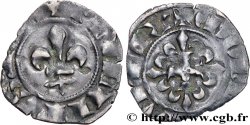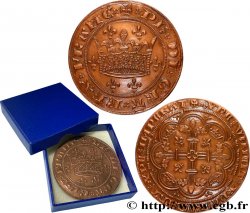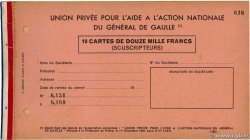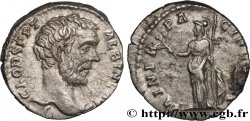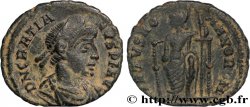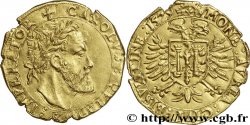Live auction - bry_966221 - PHILIP VI OF VALOIS Lion d’or n.d.
得先注册又得到批准才可以报价。为了报价注册. 客户应该得到公司允许,那种过程需要 48 个小时。别等出售结束那一天才登记。您报价的话等于您赞成买那物品,而且按« 保价 » 证明您接受 cgb.fr 因特网拍卖使用法.
报价时只可以出全数值欧元总额。物品描述也说明销售结束时间,结束后出价都不会生效。 报价命令转达有时变动,等到最后秒钟增加否决的可能会。想多了解的话请注意 因特网拍卖常问
最高出价方将支付18%的不含税的拍卖费用
最高出价方将支付18%的不含税的拍卖费用
| 估算 : | 9 000 € |
| 价格 : | 5 400 € |
| 最高出价 : | 5 400 € |
| 拍卖结束日期 : | 10 December 2024 15:51:43 |
| 竞拍人 : | 1 竞拍人 |
种类 Lion d’or
日期: 31/10/1338
日期: n.d.
材质 gold
纯度、成色(用角密度) 1000 ‰
直径 30,5 mm
模子方针 5 h.
重量 4,88 g.
关于品相的说明
Ce lion d’or est frappé sur un flan large, légèrement irrégulier et présentant des faiblesses de frappe avec des restes de gravure d’une double frappe
家谱
Avec son certificat d’exportation n°249422 délivré par le Ministère français de la Culture
正面
正面的文字 ° PH’: DEI: GRA° - °FRANC: REX°, (PONCTUATION PAR TROIS ANNELETS SUPERPOSÉS OU PAR SIMPLE ANNELET).
正面的说明书 Philippe VI couronné assis dans une stalle gothique, avec baldaquin, tenant un sceptre long de sa main droite, un court de sa main gauche, les pieds posés sur un lion à gauche.
正面的翻译 (Philippe, roi des Francs par la grâce de Dieu).
背面
背面的文字 +: XP'C: VINCIT: XP'C: REGNAT: XP'C: INPERAT, (N DE REGNAT RÉTROGRADE, PONCTUATION PAR TROIS ANNELETS SUPERPOSÉS).
背面的说明书 Croix quadrilobée et fleuronnée, dans un quadrilobe orné de feuilles et cantonné de quatre trèfles sans queue.
背面的翻译 (Le Christ vainc, le Christ règne, le Christ commande).
评论
Le lion d’or ne connut qu’une seule émission. Cette monnaie est appelée dans les textes “Leones auri, “denarius “(ou “florenus”) “ad Leonem” et enfin “Lyon d’or”. Il s’agit de l’une des monnaies les plus rares du monnayage de Philippe VI après le florin george et la couronne d’or.








 对产品描述纠错
对产品描述纠错 打印
打印 分享我的选择
分享我的选择 提问
提问 Consign / sell
Consign / sell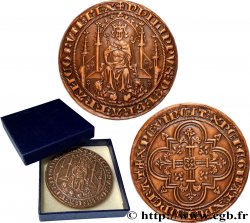
 产品介绍
产品介绍
